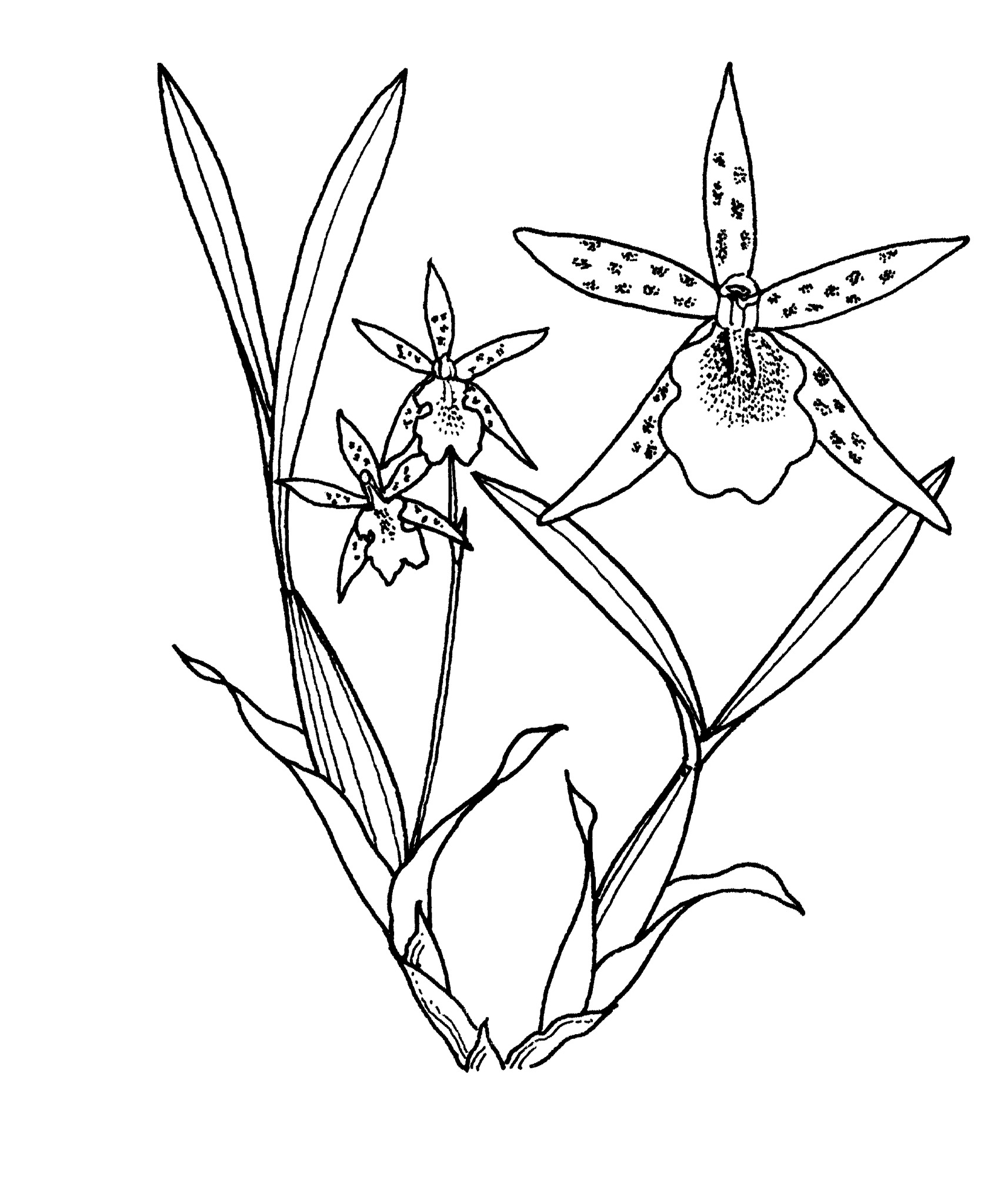
Greek aspasios – glad, delightful; alluding to the beauty of the flowers – or possibly from Aspasia the wife of Pericles.
Epiphytic or epilithic herbs, sympodial, with creeping rhizomes. Stems thickened into pseudobulbs, somewhat compressed, often furrowed, base often stalked and covered by sheaths, glossy green. Leaves 1 or 2 apical, 2 basal, thin to leathery, spreading. Inflorescences basal racemes, erect or arching. Flowers resupinate, 1-10, large, white to greenish with brown or purplish markings. Sepals similar, free, spreading. Petals shorter and broader than sepals, free, spreading. Labellum obscurely 3-lobed,basal margins joined to column, side lobes small, midlobe large, 2-4-ridged at base. Column short, cylindrical, erect. Pollinia 2, pear-shaped.
About 5 species from C and S America.
Base of pseudobulbs with 2 leaves, often stalked and covered by leaf sheaths; racemes with few large flowers.
Source: (2005). Orchidaceae. In: . Horticultural Flora of South-eastern Australia. Volume 5. Flowering plants. Monocotyledons. The identification of garden and cultivated plants. University of New South Wales Press.
